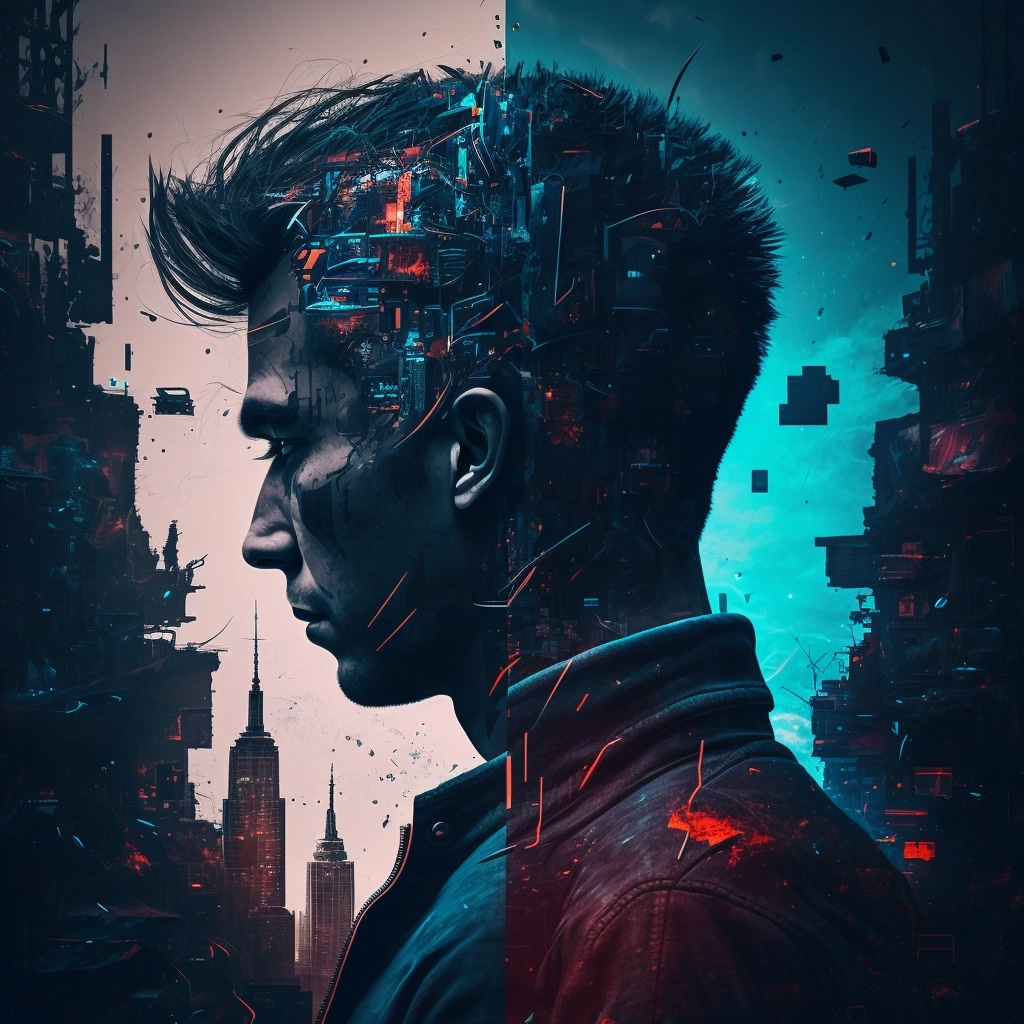Artificial Intelligence (AI) has made significant advances in recent years, with AI algorithms capable of producing original works of art in various styles and mediums.
However, despite its growing popularity, AI-generated art still has many misconceptions.
This article will explore 8 of the most common misconceptions about AI art and provide a more accurate and nuanced understanding of this fascinating and rapidly evolving field.
AI art is not original: One common misconception about AI art is that it is not original and copies existing styles or images. However, this is not the case. AI algorithms can be trained to generate unique and never-before-seen works of art that are completely original. The algorithms can learn from vast amounts of data and generate visually appealing and conceptually original works of art.AI art is not creative: Some people believe that AI algorithms cannot be creative and can only produce impersonal, mechanical works of art. However, this is not true. AI algorithms can be programmed to produce highly imaginative and innovative works of art that push the boundaries of what is possible. By using complex mathematical models, AI algorithms can create new forms and styles that are not limited by the constraints of human imagination.AI art is not valuable: Another common misconception about AI art is that it has no value and that it is not worth buying or displaying. However, the value of AI-generated art is subjective and dependent on market demand, just like any other form of art. Some AI art has sold for millions of dollars at prestigious auction houses, demonstrating the high value that some people place on this type of work.AI art is just copying existing styles: Some people believe that AI algorithms are only capable of copying existing styles and are not capable of producing new, original styles. However, this is not the case. AI algorithms can be trained to generate art in specific styles, but they can also generate new and unique styles that are not based on existing art. By using advanced deep learning techniques, AI algorithms can learn from vast amounts of data and generate styles that are completely new and unique.AI art is not human-like: Another misconception about AI art is that it is not human-like and does not evoke the same emotional responses as human-created art. However, this is not true. AI algorithms can be designed to generate art that evokes emotions, just like human-created art. By using sophisticated algorithms that analyze patterns and relationships in data, AI algorithms can create visually and emotionally impactful works of art.AI art is only for technology enthusiasts: Some people believe that AI art is only for technology enthusiasts and is not accessible or enjoyable for the general public. However, this is not the case. AI art is accessible and enjoyable for anyone, regardless of their technical background. By using intuitive interfaces and user-friendly tools, anyone can explore and appreciate the beauty and originality of AI-generated art.AI art is just for digital displays: Another common misconception about AI art is that it is only meant for digital displays and cannot be printed or displayed in traditional art formats, such as paintings and sculptures. However, this is not the case. AI art can be printed and displayed in traditional art formats, allowing it to be appreciated by a wider audience and in various settings.AI art lacks emotional impact: Some people believe that AI-generated art lacks emotional impact and does not resonate with audiences like human-created art does. However, this is not true. AI algorithms can be designed to generate art that evokes emotions, just like human-created art.
Misconceptions.
AI-generated art has seen a rise in popularity in recent years, but there are still many misconceptions about it. Common misconceptions include that AI art is not original, creative, valuable, or personal.
The value of AI art is subjective and depends on market demand, just like any other form of art. AI algorithms can generate unique and original works of art and be programmed to produce highly imaginative and innovative works of art.
AI algorithms can also be designed to generate art that evokes emotions, making it just as emotionally impactful as human-created art. AI art is accessible to anyone, regardless of their technical background, and can be displayed in traditional art formats such as paintings and sculptures.
AI art complements human art and expands the possibilities of artistic expression rather than replacing human artists.

